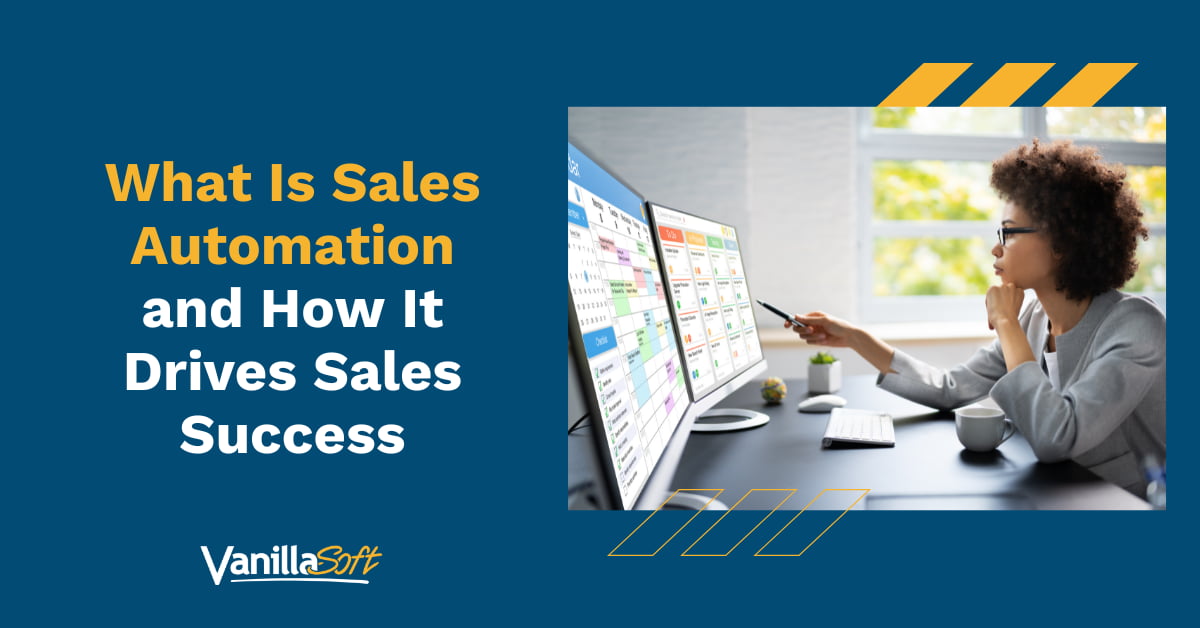
There is lots of buzz these days around Inside Sales Software, and there should be. The space is as hot as it has ever been. Recent studies show that more and more companies are relying on their inside sales team to create added demand, to nurture prospects, and to drive additional revenue. In many cases, organizations rely solely on an inside sales team. In part, recent economic changes have placed budget strains on sales and marketing departments and there has been even greater pressure for management to get more for less. There has been a measurable shift of responsibilities flowing to inside sales teams, increasing the importance of enabling them with cost-effective tools and technologies to allow them to more effectively handle their portion of the sales process.
In addition to the economic strains, the power of the transaction has clearly shifted to the buyer in what many are calling a Sales 2.0 or Buyer 2.0 world. Buyers have the power to search, investigate and narrow their choices to a few companies while still in stealth mode. This makes it imperative for inside sales teams to have the tools to capture more customer information, to nurture the prospect in a customer-centric way and to engage when the prospect is ready to engage. They must be timely with the engagement, monitor and measure the engagement process and aggressively open dialogue with their opportunities. They also must use tools that drive more contacts, the right contacts, and deliver consistent messaging from cradle to grave. A recent Aberdeen report entitled “Inside Sales Enablement; Let them Drink Coffee”, (available under our current downloads) validates the importance and focus on inside sales. Peter Ostrow, Research Director at Aberdeen who authored the report stated:
“Best-in-Class companies are aggressively supporting inside sales enablement, and as a result see an average of 87% of their reps achieving quota.”
So great; what are these enablers? Naturally all great inside sales efforts start with the core enablement of great reps that are well trained, engaging and can do more than talk features and benefits. They can actually listen, learn and understand the pain point of the prospect’s needs, identify a solution, and navigate the often choppy waters of selling a product or service over the phone. If you don’t have this part in place, stop before you invest in technology enablers because you will be setting yourself up to scale one thing – bad performance. Get the people and training right.
The next big enabler that we all talk about is CRM, SFA or some other form of lead management. There are lots of roads to go down here, but think about what you want to accomplish and select accordingly. CRM is great to store and report on your data but does little to drive productivity and best practices. Today, choices include vendors that can provide many of the needed CRM features but also deliver on the high-octane enablement features such as auto dialing, on-board messaging/scripting, best prospect routing, call recording for training and so forth. Inside sales teams are certainly different than call centers or contact centers but they can absolutely benefit from the same enablement features that drive productivity for the big boys. Keep in mind that regardless of your selling strategy – cold or social calling, hot leads or warm – more is better than less. When you look for technology enablers determine if they scale and increase what you know works for your business. Do they give you insight into your sales process by allowing you to make decisions based on captured business intelligence? If yes – you are probably looking at a winner for your business. If they simply capture what you are already doing without increasing your results, then keep looking. You can do better.
According to Aberdeen, other enablement features found in best-in-class companies include, live chat, real-time web visitor tracking, instant screen sharing, and integrated e-mail within the CRM, SFA or other lead management platform marketing automation.
At the end of the day we know it is all about your people, their knowledge of your product offering, and a refined process that drives results and the results themselves. The technology you select is a piece of the puzzle that should help you do more of what you are already good at.
Good selling,
Ken


